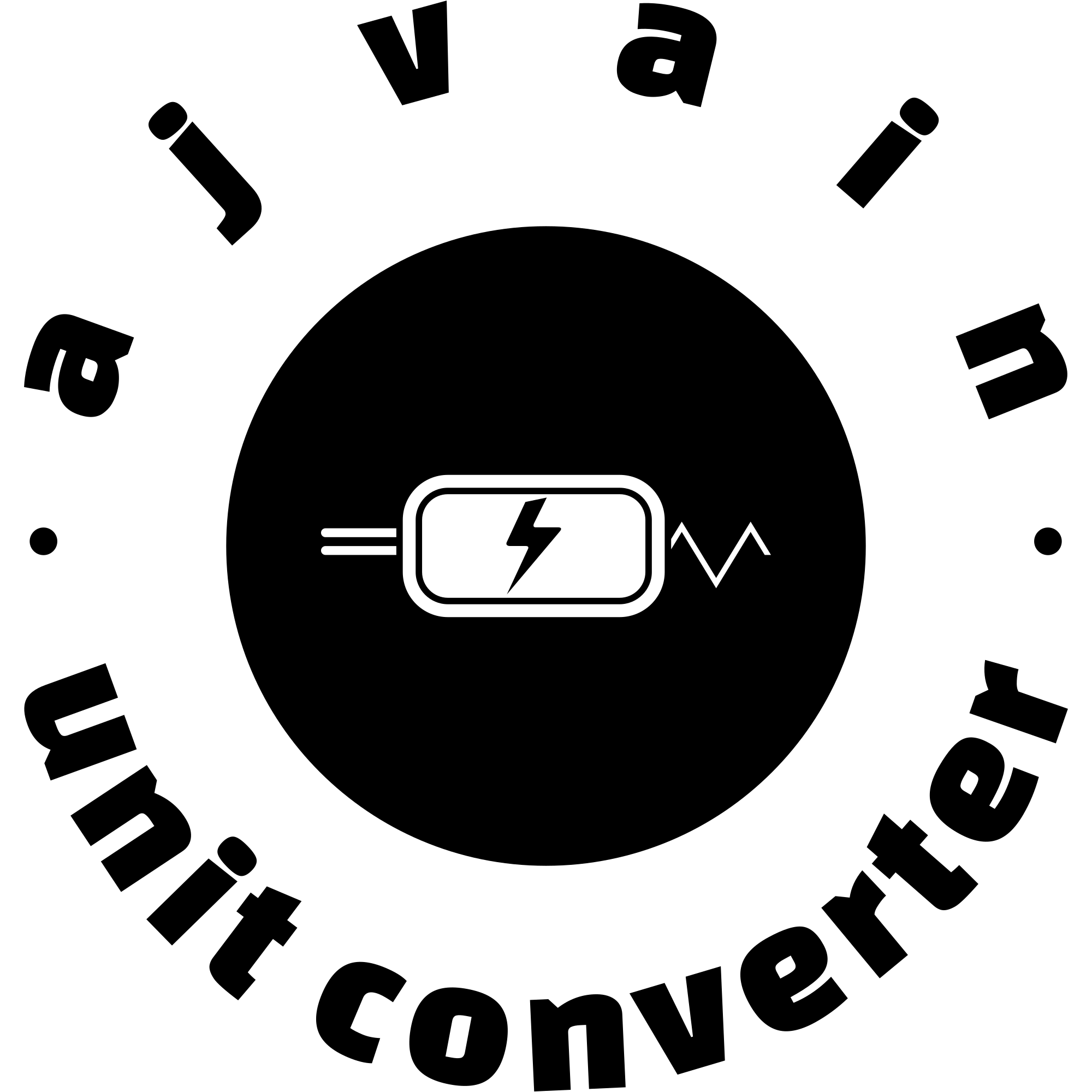Linear Current Density Converter
Current Density Conversion Challenge
Introduction
The Linear Current Density Converter is a sophisticated tool designed to facilitate the conversion of current density values along a line segment between various units of measurement. Current density, denoted as J, quantifies the amount of electric current flowing per unit length of a conductor. This concept is crucial in numerous fields such as electrical engineering, physics, and materials science, where precise measurement and conversion of current densities are essential for accurate analysis and design.
Understanding Linear Current Density
Linear current density measures the electric current flowing through a conductor per unit length. It is a critical parameter in the study of electrical circuits, electromagnetic fields, and material properties. The formula for calculating linear current density is:
J = I / L
Where:
- J is the linear current density (in amperes per meter, A/m),
- I is the total current (in amperes, A),
- L is the length of the conductor (in meters, m).
Linear current density is used to describe how current is distributed along a conductor and plays a key role in analyzing electrical behavior in various applications, including the design of electrical components and systems.
Importance of Conversion
Different applications and measurement standards use various units for current density. Converting between these units is essential for ensuring consistency and compatibility in calculations and analyses. Accurate conversion allows engineers and scientists to compare results, integrate components, and perform precise calculations across different measurement systems.
Features of the Linear Current Density Converter
1. Comprehensive Unit Support
The Linear Current Density Converter supports a wide range of units, including:
- Amperes per meter (A/m)
- Milliamperes per meter (mA/m)
- Microamperes per meter (μA/m)
- Nanoamperes per meter (nA/m)
- Picoamperes per meter (pA/m)
This extensive support ensures that the converter can handle various applications, from high-current-density components in industrial settings to low-current-density measurements in laboratory experiments.
2. User-Friendly Interface
The converter features an intuitive and user-friendly interface. Users can input current density values in one unit, select the target unit, and instantly obtain the converted value. The design simplifies the conversion process, making it accessible to both experienced professionals and those new to current density measurements.
3. Accurate Conversion Algorithms
Precision is crucial in current density measurements and conversions. The Linear Current Density Converter utilizes accurate algorithms to ensure that converted values are reliable and consistent. This precision is vital in high-accuracy applications where even minor deviations can impact results.
4. Real-Time Results
The converter provides real-time results, allowing users to quickly obtain converted current density values without delays. This feature is particularly useful in dynamic environments where rapid calculations are necessary for decision-making and troubleshooting.
5. Advanced Features
Some versions of the Linear Current Density Converter offer additional features, such as:
- Temperature Adjustment: Current density values can vary with temperature. This feature adjusts the conversion based on temperature variations, providing more accurate results under different conditions.
- Batch Conversion: Users can input multiple current density values and convert them simultaneously. This feature is useful for processing large datasets efficiently.
Mathematical Conversions
The Linear Current Density Converter performs conversions using standard mathematical relationships between different units of current density. Here are some common conversion formulas:
1. Amperes per Meter to Milliamperes per Meter
To convert from amperes per meter (A/m) to milliamperes per meter (mA/m):
1 A/m = 103 mA/m
JmA/m = JA/m × 103
2. Milliamperes per Meter to Microamperes per Meter
To convert from milliamperes per meter (mA/m) to microamperes per meter (μA/m):
1 mA/m = 103 μA/m
JμA/m = JmA/m × 103
3. Microamperes per Meter to Nanoamperes per Meter
To convert from microamperes per meter (μA/m) to nanoamperes per meter (nA/m):
1 μA/m = 103 nA/m
JnA/m = JμA/m × 103
4. Nanoamperes per Meter to Picoamperes per Meter
To convert from nanoamperes per meter (nA/m) to picoamperes per meter (pA/m):
1 nA/m = 103 pA/m
JpA/m = JnA/m × 103
Applications
The Linear Current Density Converter is utilized in various fields and applications:
1. Research and Development
In research and development, accurate current density measurements are crucial for designing and analyzing experiments involving electrical conductors and fields. The converter assists researchers in handling and converting current density values, ensuring precise results.
2. Engineering Design
Engineers use the Linear Current Density Converter to ensure that current densities are correctly specified in design calculations. It supports various engineering applications, including the design of electrical components and systems, and analysis of current distribution in conductors.
3. Educational Tool
The converter is also valuable in educational settings. It provides students with a practical tool for understanding current density and its measurement, reinforcing theoretical concepts through hands-on experience.
4. Quality Control
In manufacturing and quality control, precise current density measurements are necessary for ensuring that components meet specified standards. The converter helps quality control technicians verify current densities and maintain consistency across products.
Conclusion
The Linear Current Density Converter is a crucial tool for accurately converting current density values between different units. Its comprehensive unit support, user-friendly interface, and precise conversion algorithms make it an essential asset for professionals and researchers working with electrical conductors. Whether for research, design, education, or quality control, the converter enhances the accuracy and efficiency of current density measurements, supporting a wide range of applications in electromagnetism and electrical engineering.
Sponsored Links
Electricity Converters
- Charge Converter
- Current Converter
- Electric Conductance Converter
- Electric Conductivity Converter
- Electric Field Strength Converter
- Electric Potential Converter
- Electric Resistance Converter
- Electric Resistivity Converter
- Electrostatic Capacitance Converter
- Inductance Converter
- Linear Charge Density Converter
- Linear Current Density Converter
- Surface Charge Density Converter
- Surface Current Density Converter
- Volume Charge Density Converter
